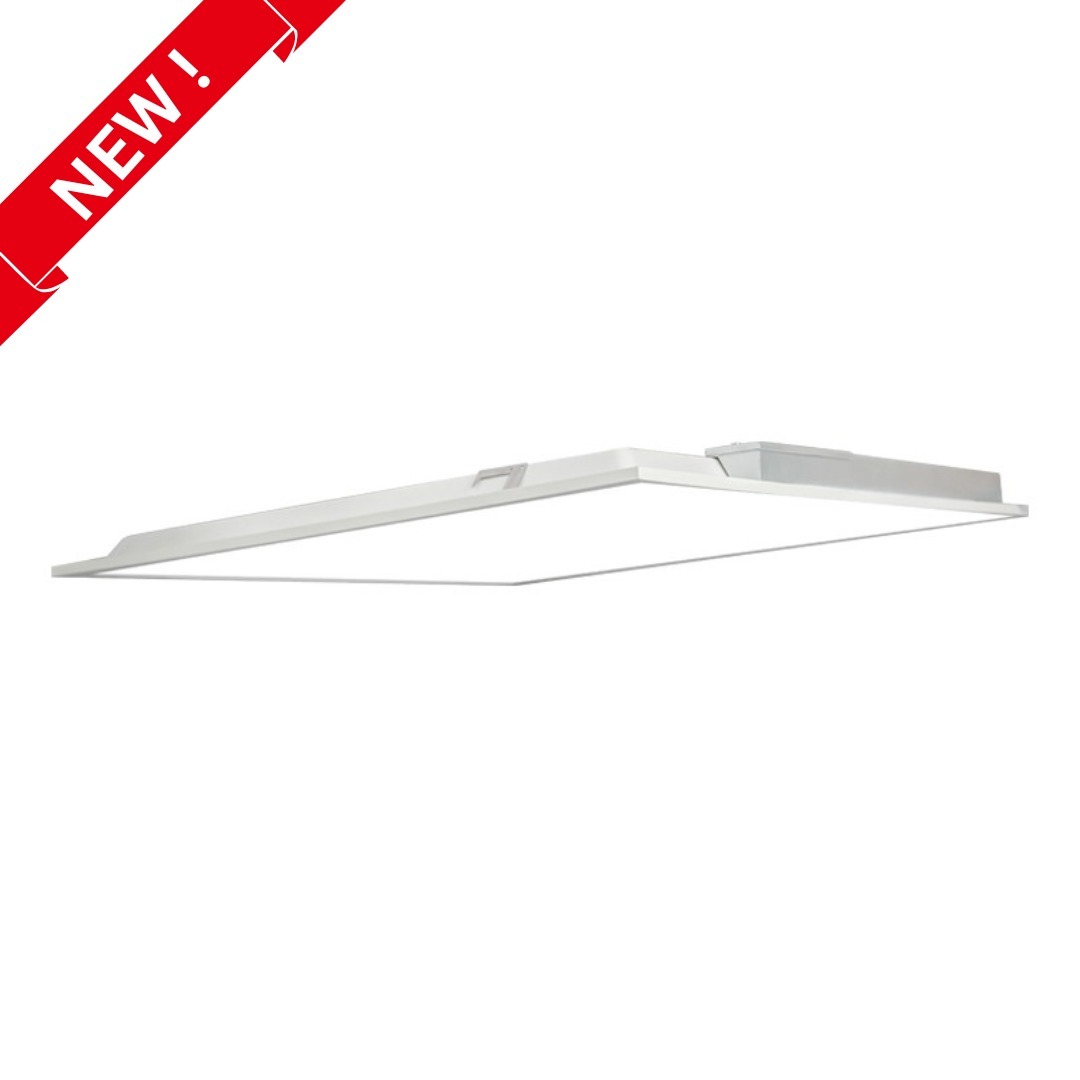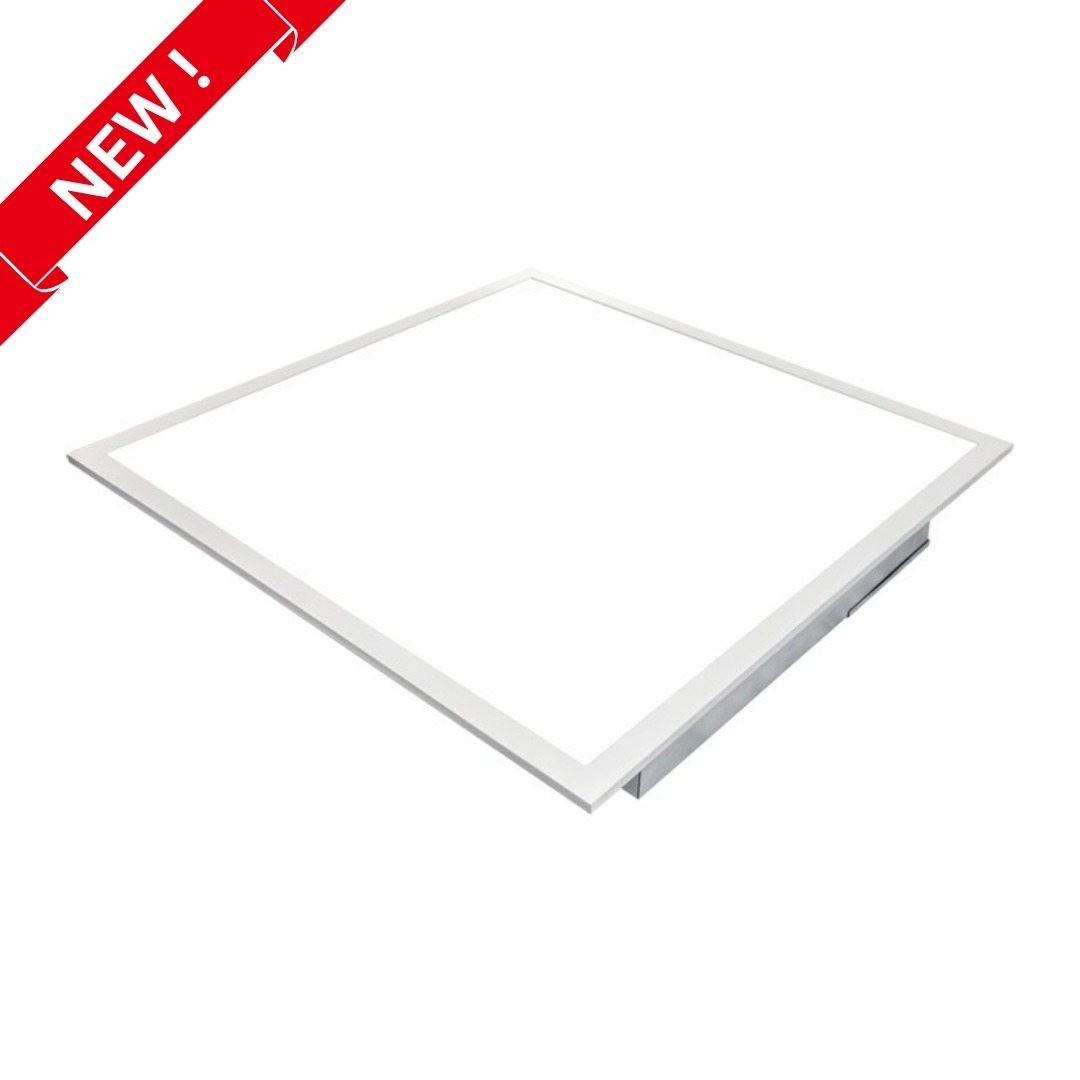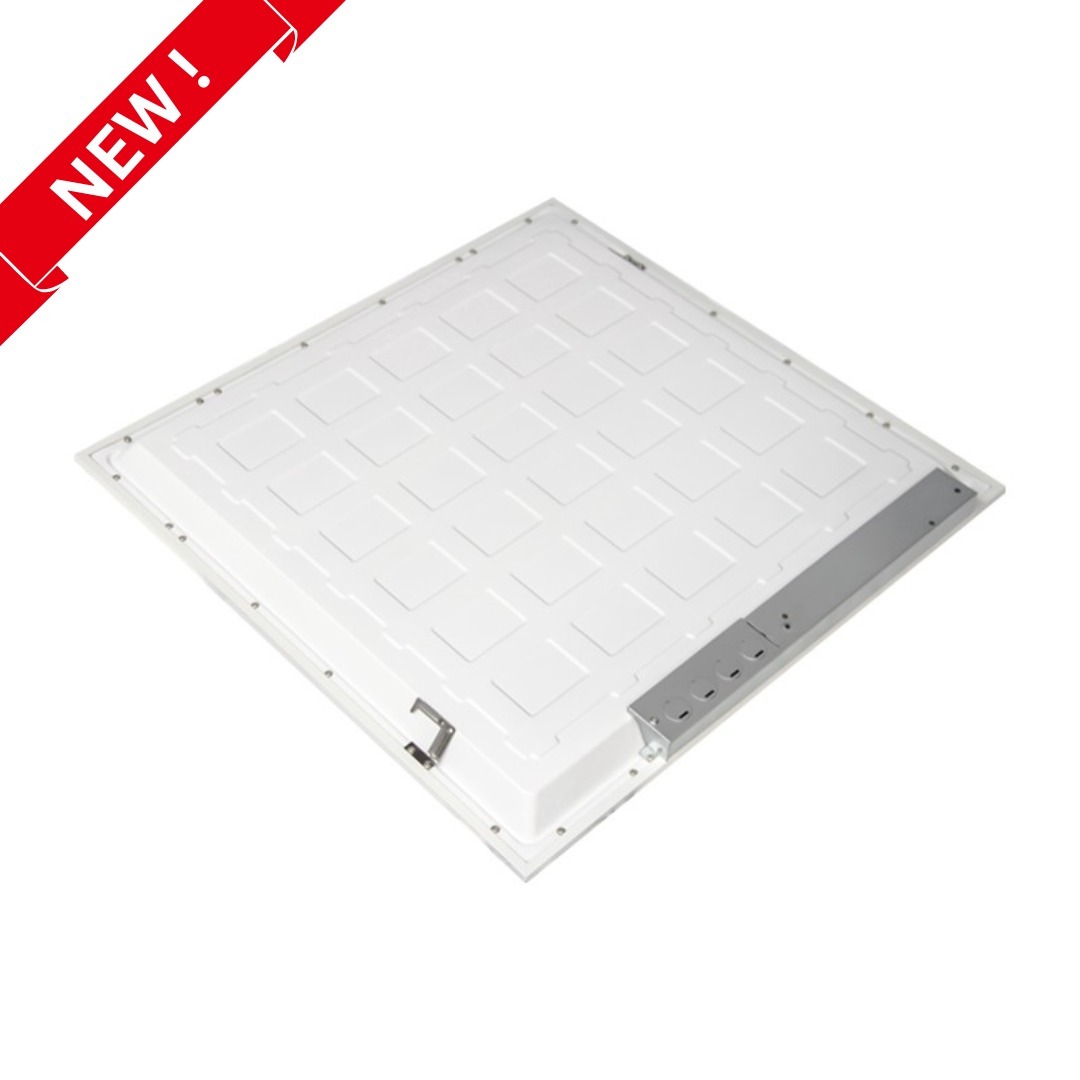The purpose of this content is to highlight how important LED lights is for increasing office productivity. The text seeks to educate and persuade readers of the advantages that good lighting conditions may have on tasks, worker well-being, attentiveness, engagement, and general efficiency by offering a thorough examination of the advantages of LED lighting. FAQs are also included in an effort to answer frequently asked questions. They provide helpful advice on how to integrate LED lighting and reinforce the idea that modern lighting solutions not only increase productivity but also save money and energy. The ultimate goal is to present LED lighting as a game-changing component that enhances workplace surroundings and encourages a more engaging, healthy, and productive workstation.
Beyond only improving sight, LED lights plays a critical part in the dynamic environment of modern offices, having a substantial impact on worker productivity and well-being. LED lights have become a game-changer among lighting options, providing a host of advantages that improve the working environment. This in-depth manual examines the value of incorporating LED lighting into workspaces and how it can spur increased output.
The Impact of Lighting on Office Productivity
1. Optimized Illumination for Tasks
The importance of suitable lighting for tasks in the workplace cannot be overstated. LED lights provide optimized illumination that reduces eye strain and fatigue, common culprits of decreased productivity. By ensuring adequate lighting conditions, employees can focus more effectively on their tasks, leading to increased efficiency and accuracy.
2. Enhanced Employee Well-being
The quality of lighting directly correlates with the well-being of employees. LED lights emit a natural, flicker-free light that closely mimics daylight. This not only reduces headaches and eye discomfort but also positively influences mood and overall health. A healthier and happier workforce is inherently more productive.
3. Increased Alertness and Engagement
The color temperature of LED lights can be tailored to mimic natural daylight, known for boosting alertness and maintaining a healthy circadian rhythm. By aligning office lighting with the natural daylight cycle, employees experience increased alertness, leading to higher levels of engagement and attentiveness throughout the workday.
4. Energy Efficiency: Long-Term Cost Savings
LED high bay lights are known for their energy efficiency, offering significant cost savings in the long run. Evaluate the energy efficiency of the selected fixtures by checking the lumens per watt (lm/W) ratio. Higher lm/W ratios indicate greater efficiency, ensuring that a larger portion of electrical power is converted into visible light. Investing in energy-efficient LED high bay lights not only reduces electricity bills but also contributes to sustainability efforts.
5. Installation Considerations: Height, Mounting, and Compatibility
Installing LED high bay lights involves considering several factors to ensure proper functionality. Determine the height of the ceiling to select fixtures with the appropriate lumen output and beam angle. Choose the right mounting option, whether it’s surface mounting, pendant mounting, or suspended mounting, based on the ceiling structure. Additionally, check the compatibility of the fixtures with existing electrical systems and any control systems you plan to implement for enhanced functionality.
Concepts to define
- Explain how LED lighting can change a workplace environment.
- Describe the role that LED illumination plays in maximizing task performance.
- Explore the positive impact of LED lights on employee well-being, mood, and health.
- Draw attention to the link between LED lighting and higher levels of involvement and awareness.
- Highlight the adaptability of LED lights with bespoke lighting designs.
- Answer frequently asked questions in FAQs to give readers useful information.
- Place LED lighting strategically to create a flexible and dynamic work environment.
- Promote the idea that LED lighting enhances workplace productivity and efficiency by providing more than just illumination.
FAQs
How do LED lights contribute to energy efficiency?
LED lights are highly energy-efficient as they convert a significant portion of energy into light rather than heat, resulting in lower energy consumption and reduced electricity bills.
Can LED lights be used for different types of tasks in an office?
Yes, the versatility of LED lights allows for customizable lighting solutions, making them suitable for various tasks by adjusting lighting intensity and color temperature.
Do LED lights require special installation in offices?
LED lights are designed for ease of installation. However, consulting with a professional electrician is recommended for proper placement and wiring, ensuring optimal performance.
How do LED lights impact employee well-being?
LED lights emit a natural and flicker-free light that reduces eye strain and headaches, positively impacting employee well-being, mood, and overall health.
Can LED lights be dimmed to create different atmospheres in the office?
Yes, many LED lights come with dimming capabilities, allowing offices to create different atmospheres and adapt the lighting to specific tasks or moods.
Are LED lights suitable for large office spaces?
Absolutely, LED lights are suitable for both small and large office spaces. The variety of sizes and wattages available makes them adaptable to different office layouts.
With an emphasis on distributors, this blog article provides information on the potential for income that LED office lighting presents. Key selling points, FAQs for client interactions, market demand, and business opportunities are among the crucial details it offers. The information is intended to give distributors the skills and know-how they need to successfully enter the expanding corporate LED lighting systems market.
Distributors frequently deal with issues such poor product differentiation, supply chain disruptions, gaps in consumer awareness, and the requirement for competitive pricing. Obstacles include continuing to retain solid relationships with suppliers and customers, complying with regulations, and integrating technology. There are extra obstacles in adapting to rapidly changing consumer tastes and market saturation. To overcome these problems and maintain competitiveness in the distribution environment, proactive methods, ongoing market analysis, and strategic planning are necessary.




















